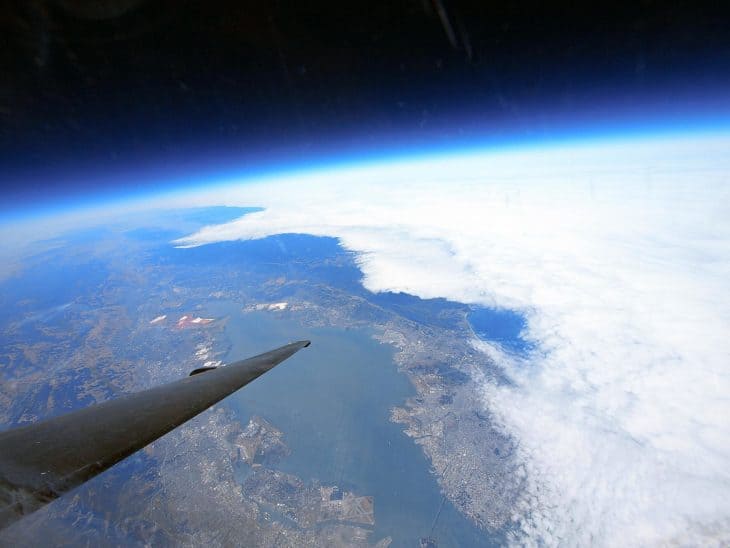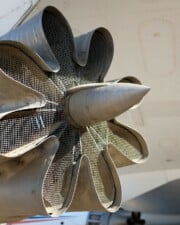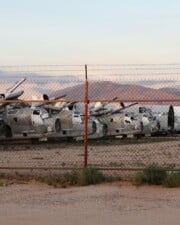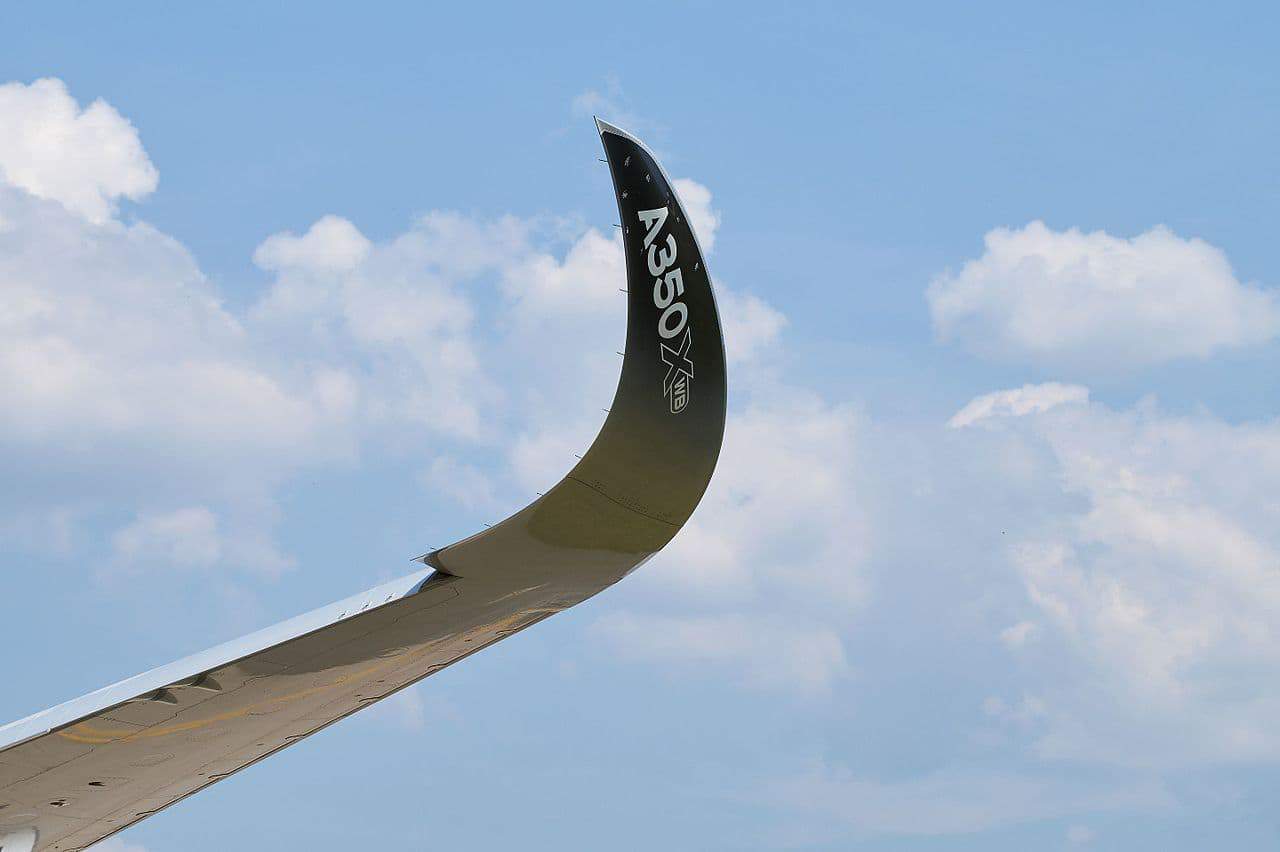It has been a little over 130 years since the Wright Brothers first flew, and a little over 50 years since Neil Armstrong set foot on the moon. Both the Wild Blue Yonder and the Final Frontier have long excited the imagination, but why aren’t they one and the same? Why can’t planes fly into space?
After all, planes can climb tens of thousands of feet into the air, so why can’t they make it into the atmosphere? There are many reasons for that, ranging from the different ways different craft achieve flight to the math and physics not adding up. Let’s dive into it, and find out what would happen if a plane were to fly into space.
How Planes Fly
First, let’s take a step back and ask how planes fly in the first place. When we talk about flight, we usually mean “generating lift,” but what does that actually mean?
When we think about lift, we usually imagine it to be air rushing beneath the bottom of wings, and while that’s technically true, it’s how and why that works that explains how and why planes fly – and what’s missing for the equation in space flight.
For one thing, flight here on Earth is all about how air impacts the wings. It bounces around a curved wing, increasing air pressure beneath the wings while decreasing the amount of air pressure above the wing. That’s what causes lift.

However, even that is only half the equation. You can generate as much lift as you want, but if the plane isn’t able to move forward, it won’t matter.
That’s why thrust, drag, and gravity all come into play as well. The thrust must be great enough to help keep the air pockets moving past the wing and body of the craft in such a way as to compensate for drag pushing it backward and gravity pulling it downward.
However, while the careful balance of all of these forces are essential to enabling a plane to take flight, they are not present in the same way when it comes to space travel.
Forces Are Different in Space
For one thing, flight as we know it is dependent on the Earth’s gravity. Planes are built to compensate for our gravity, but the amount of gravity exerted is particular to Earth as a result of several factors. In space, gravity is different.
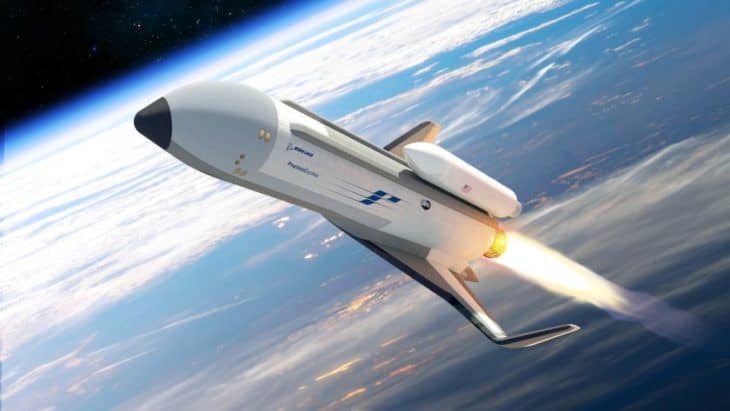
Because there is not the same consistent gravitational force pulling the craft downward, the whole concept of battling gravity to keep from dripping does not hold up.
The same holds true for the air friction behind lift and drag. In the absence of factors such as wind speed in space, the principles that generate lift beneath an aircraft’s wings simply do not apply.
Things Are Heating up
There is also the fact that entering or exiting our atmosphere generates an incredible amount of heat. If you have ever seen a shooting star, that’s actually a meteor or some other type of space debris entering the Earth’s atmosphere and burning up.
Space shuttles require special heat shielding to be able to withstand the incredible friction that generates the heat that burns up that debris.
Just how fast are space shuttles going when they enter the Earth’s atmosphere? Think at least 4.7 miles per second, which is good enough to generate as much as 2,900 degrees Fahrenheit.
The crew vehicle of the space shuttle can experience temperatures as hot as 3,400 degrees Fahrenheit.
That is hot enough to melt iron and nickel.

Needless to say, your average Boeing 747 is not built to withstand that kind of heat. Not even close. An airplane trying to leave the Earth’s atmosphere would, thus, burn up before it got anywhere close to clearing the atmosphere, let alone reentering.
What about attaching the kind of heat shielding that protects space shuttles?
Even putting aside the fact that those shields are obviously not designed with aircraft in mind, planes already have to strike a delicate balance to be light enough to generate enough lift to remain airborne. Weighing it down with further heat shielding could make that difficult, if not impossible.
That does not even account for the degree of heat to which the people onboard the aircraft would be exposed to.
Even if your aircraft was somehow shielded enough to not melt as it started to enter the atmosphere, it would nevertheless be far too hot for passengers onboard.
Not only that, but entering space obviously involves a lot of G-forces. These already put a lot of strain on the trained astronaut’s body. Untrained and unprotected airplane staff and passengers would be horribly sick at best and potentially experience fatal conditions at worst.
The Type of Air
Then there’s the fact that not all air here within the Earth’s boundaries is the same. Specifically, the further up you go, the thinner and weaker the air becomes.
If you have ever been to Denver or another place that has peaks and areas of high elevation, you know this all too well. The air is thinner in places like that, which has real consequences on people who live and visit there.
In this case, the higher you go and the thinner the air is, it eventually starts to become a vacuum, which is not feasible for flying purposes for the reasons of lift and drag mentioned above.
A Matter of Thrust
All of this is putting the cart before the horse – or, rather, the rocket before the spaceflight. Not only are airplanes not able to withstand the heat of atmospheric reentry, they don’t have the engine power to even get that high and far in the first place.
A typical Boeing 747 or similar commercial jet generates a lot of thrust, 63,300 pounds at the high end to be exact. However, that is still nowhere near the 7.2 million pounds of thrust which are necessary to leave Earth’s atmosphere.

To leave Earth’s atmosphere, therefore, having a rocket and the thrust it can provide is essential – and something that is lacking for aircraft.
Just how do these rockets set themselves apart?
For one thing, unlike aircraft with the careful balance of drag versus lift they have to maintain, they do not depend on the flow of air to push their craft upward.
Rockets instead make use of high-pressure exhaust gases to generate those millions of pounds of thrust necessary to get to and through the atmosphere.
In addition, a rocket carries several onboard add-ons to help with its flight, including oxygen tanks. As established, there is very little oxygen up that far into the atmosphere, and it isn’t as though you want external combustion between it and your rocket.
That said, oxygen is necessary to help fuel the propulsion necessary to get into and through the atmosphere. These rockets, thus, carry oxygen tanks on board to help with that. Adding these to planes would make them even heavier, and as with shielding, that’s a problem.
So is the fact that, once you get into space, there is no air, which would render the types of engines used by most commercial jets useless. These jets use turbines that suck in air and use it to help fuel their flight. With no air, they would be unable to do this.
Terrestrial and space flight are miraculous in their own respects, but simply not compatible.
Related Posts
